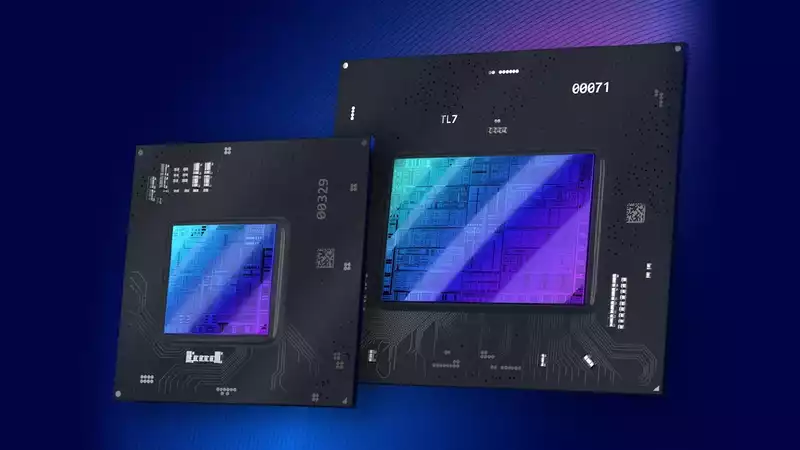Let's start with the facts. Intel's next-generation graphics architecture is codenamed Battlemage. Anything beyond that is speculation, but the latest fuel for the rumor bonfire suggests that Intel is scaling back its Battlemage ambitions. If the latest rumors are to be believed, Battlemage will run fewer units than Intel's existing top graphics card, the Intel Arc A770.
This new information comes from YouTube channel Moore's Law is Dead, which has a hit or miss record regarding rumors and previously claimed that the entire Intel Arc graphics project was canceled MLID has corrected this prediction and now claims that Arc has been "effectively cancelled" but that at least one Battlemage GPU will be released.
According to MLID, up to three GPU SKUs for Battlemage are currently planned. What really stands out, however, is that the most powerful "G10" Battlemage GPU has reportedly been reduced to just 448 execution units (EU). This is less than the 512 EU of the Intel Arc A770 GPU, the fastest of the current Alchemist line of graphics chips.
MLID also claims that the G10 GPU is quite compact by the standards of AMD and Nvidia graphics chips: at 362 mm2, the G10 is the smallest graphics chip in the Arc A770 line, and the G10 GPU is the smallest by the standards of AMD and Nvidia. This is smaller than the Arc A770's 406mm2 die and much smaller than, for example, the 609mm2 Nvidia RTX 4090's AD102 chip. [However, the AD103 GPU in the RTX 4080 is 379mm2. Intel's G10 is also said to be manufactured on the same 4nm TSMC process technology as Nvidia's RTX 40 family.
It is difficult to judge all of this; most of the existing rumors surrounding Battlemage claim that it will have RTX 4080-level performance and will probably be available around summer 2024. [It is hard to accept that a GPU with fewer execution units than the Arc A770 would be at best as good as the RTX 3060 Ti. Of course, these EUs may have been heavily modified for Battlemage vs. Alchemist, making direct comparisons difficult.
However, if the die sizes cited by MLID are accurate, Intel will have to make significant strides in GPU efficiency to make a GPU that is slightly smaller than the RTX 4080, yet competitive with it in performance.
It is worth recalling that before the Arc A770 was released last year, rumors said it would be somewhere between the RTX 3070 and RTX 3080. In reality, it was considerably slower than that, and the drivers were quite unstable, especially at launch.
Similarly, very ambitious visions of doubling the performance of both the Nvidia RTX 40 series and AMD's RX 7000 GPUs over the previous generation were coming out of rumor channels like MLID before these graphics cards came out. And the reality was not even close. The new RTX 4060 is at best 20% faster in raster than the old RTX 3060, according to Nvidia's own best-case scenario numbers.
For what it's worth, however, we sincerely hope that Intel will produce a GPU with performance comparable to the RTX 4080 next year. Because if they do, it will create some much-needed competition in the graphics market.


Comments